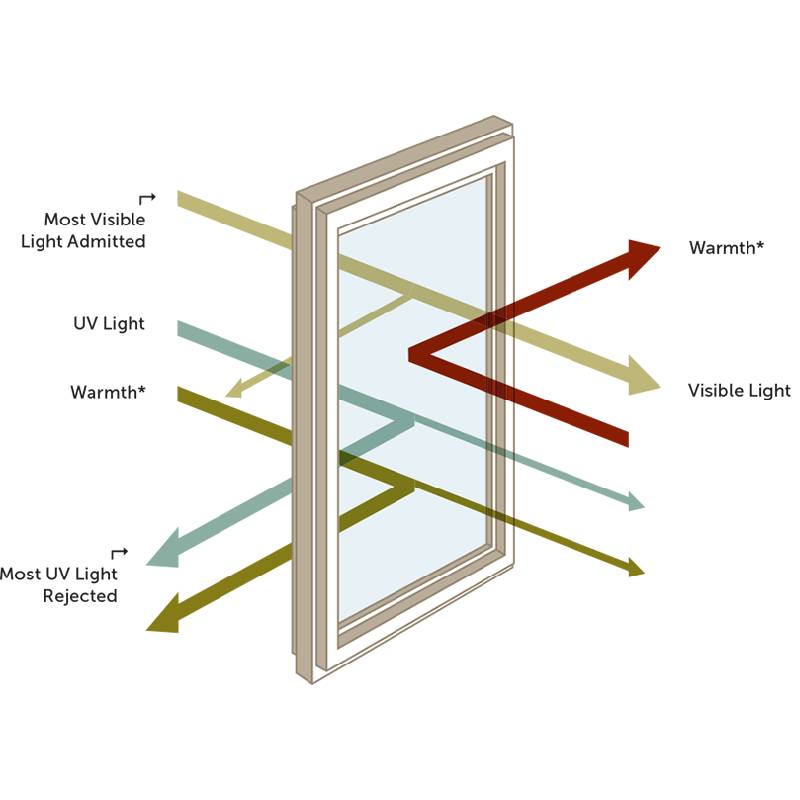

The Benefits and Applications of Low-E 366 Argon Glass
Low-emissivity (Low-E) glass, particularly Low-E 366 argon glass, has emerged as a crucial component in energy-efficient building design. With the world increasingly prioritizing sustainability and reducing carbon footprints, this innovative glazing solution offers numerous advantages for both residential and commercial properties.
Low-E glass is coated with a microscopically thin layer of metal oxide that reflects a significant portion of the sun's harmful ultraviolet (UV) rays while allowing visible light to pass through. Low-E 366 glass, in particular, is designed to provide superior performance by allowing more natural light while minimizing heat transfer. The 366 designation refers to the specific performance characteristics tailored for optimal thermal insulation and solar control.
The Benefits and Applications of Low-E 366 Argon Glass
The energy efficiency of Low-E 366 glass translates into considerable cost savings for homeowners and businesses alike. By reducing the reliance on heating and cooling systems, property owners can see a noticeable decrease in their energy bills. While the upfront cost of Low-E argon glass may be higher than traditional glazing options, the long-term savings and benefits far outweigh the initial investment. Additionally, many governments offer incentives and rebates for energy-efficient upgrades, making this an even more appealing choice.

Another advantage of Low-E 366 glass is its ability to protect furnishings and interior decor. The UV radiation that enters through standard glass can fade fabrics, artwork, and other valuables over time. With its superior UV blocking capabilities, Low-E 366 glass helps preserve the beauty and integrity of interior spaces, extending the life of interior design elements.
Moreover, Low-E 366 argon glass plays a role in improving occupant comfort and health. By maintaining a stable indoor temperature and reducing glare from sunlight, building occupants can enjoy a more pleasant living or working environment. Enhanced thermal comfort leads to increased productivity in commercial settings and contributes to a more enjoyable home life.
The aesthetic appeal of Low-E 366 glass should not be overlooked. It allows for larger windows and glass doors, creating inviting spaces filled with natural light while minimizing the negative impacts of solar heat gain. This feature is particularly desirable in modern architectural designs, where striking visuals and unimpeded views are paramount.
In terms of environmental impact, using Low-E 366 argon glass contributes to sustainability initiatives. By lowering energy consumption, it helps reduce greenhouse gas emissions and lessens the demands on natural resources. As builders and homeowners increasingly focus on eco-friendly practices, Low-E glass stands out as a responsible choice.
In conclusion, Low-E 366 argon glass represents a forward-thinking solution for energy efficiency, comfort, and aesthetic appeal. Its thermal insulation properties, UV protection, and cost-saving benefits make it an attractive option for anyone looking to enhance their living or working space. As the push for sustainability continues to gain momentum, incorporating Low-E glass into building designs will undoubtedly play a pivotal role in shaping the future of architecture and environmental responsibility.